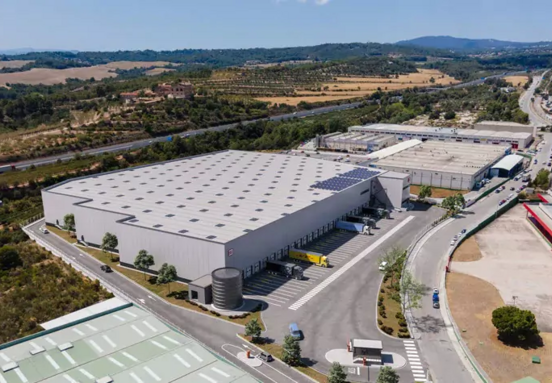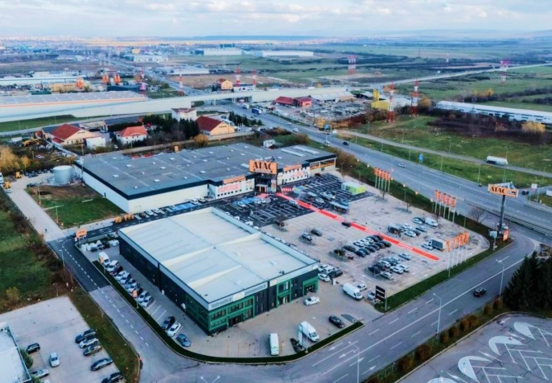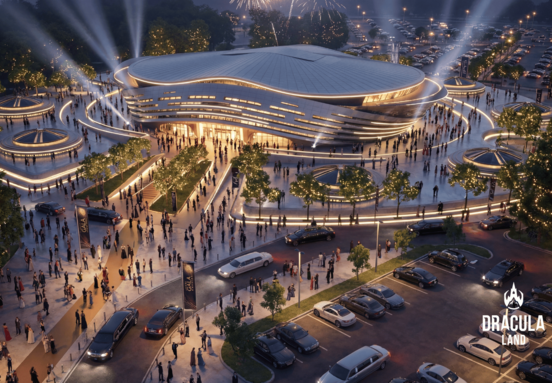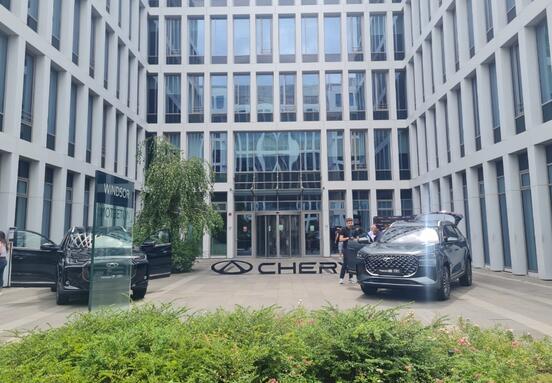Despite the new uncertainties, caused by the pandemic, the shocks in the global economy and the Russian invasion in Ukraine, companies active on the Romanian real estate market went ahead with their leasing decisions, contracts were signed and negotiations were not paused or halted, according to Colliers consultants. Although the demand figures are still well behind the pre-pandemic peaks, 2022 had a decent start in terms of leasing activity in Bucharest, with total demand up by nearly 15% over a year earlier, to about 62,000 square meters, while new demand jump with c.57% compared to Q1 2021, to 34,000 square meters.
The major additions that have raised Bucharest’s modern office stock close to 3.3 million square meters were River Development’s Oslo and London buildings, part of the Sema Parc project (31,500 square meters), Forte Partners’ Tandem (21,000 square meters) and the first building in Atenor’s @Expo project (21,000 sqm), an addition representing about half of the total addition expected to be added in 2022 (over 130,000 sqm).
The first quarter saw two notable entries on the local market, who opened shared service centers in Bucharest: Booking and Ford. Furthermore, several companies are set to enter or to materially expand their local presence here in the following period, suggesting that the start of the year is better than the headline figures would suggest.
“Looking at demand-side figures, we see that IT&C continues to be the major focus of companies leasing office spaces, accounting for over 40% of total demand, though the share in new demand is bigger – more than half. Various professional service companies and those in consumer-led sectors were also present in the leasing picture, rounding out a diversified quarter in terms of activity. Furthermore, hiring intentions remain robust, comfortably above the historic average in many instances, underscoring that companies are expanding rather than downsizing. Still, if the economic conditions deteriorate further, it is likely that employment decisions would have no other direction than down. In other words, the economy is fairly robust and faring well in the difficult context for now, though we acknowledge that this can change quite rapidly and that risks are sizeable and to the downside”, explains Victor Cosconel, the new Head of Leasing | Office & Industrial Agencies at Colliers.
Colliers’ consultants estimate that the 16.5% vacancy rate recorded at the end of 2021, and most likely still valid in the first quarter of 2022, is not indicative of the growing gap that exists between the competitive/modern office buildings and those that have not aged that well/those that are less than ideally positioned. As the offering for spaces in good buildings (including for upcoming projects in forthcoming years) is starting to get smaller, we are already starting to see the first material upside pressures on prime headline rents in many years.
In terms of rents, Colliers’ consultants estimate that effective rents are still, on average, some 10-15% lower than they were before the pandemic, though incentives have been clearly on the rise. In some instances, the budget for fit-out allotted by landlords for clients moving into a new space is almost double than before the pandemic. Furthermore, several factors – the lower pipeline for new projects in upcoming years, higher construction costs, companies that have delayed their real estate decisions suddenly becoming active again – have led to prime rents for pre-leases to be some 5-7% higher, in most cases, than they would have been in the previous quarters. Colliers also notes that some submarkets or areas of Bucharest are rapidly shifting to landlord markets, supporting the move for higher rents.
“Overall, the Bucharest office market is in good shape currently and has weathered the pandemic period better than we had initially thought. That said, it is not out of the woods yet. As real estate tends to be a reflection of the overall economy, we remain quite concerned by the risks of a global recession, given ongoing economic weakness in China, lingering global supply chain issues, the Russian invasion of Ukraine and the Federal Reserve tightening policy in the US. As long as we do not slip into a negative scenario, 2022 is looking like a decent year for the local office”, concludes Victor Cosconel.
Colliers’ consultants estimates that around 130,000 square meters of new modern offices could be delivered this year, with a total of roughly 360,000 square meters for the 2022-2024 period. This seems quite low in a market where the reported value of new demand averaged around 140,000 square meters per year in the years before the pandemic (likely that direct deals which end up unreported add some 30% more, by Colliers estimates). In terms of demand forecasts, Colliers’ consultants expect both gross and net take-up to climb some 15-20% this year. Also, vacancy may climb a bit in 2022 as the second-round effects of the pandemic will still be felt, but moving north of 20% now looks unlikely in absence of a major economic downturn.
The current context is a good moment for companies to transform their offices and adapt them to the future way of working and Colliers innovates and responds to current challenges and future needs in the office market with Office 360°, a complete approach of the office with all its touchpoints, carried out in a unique and highly complex process that is tailored to the very last detail to fit the companies’ needs and strategic plans. Colliers’ approach to cost control at each stage of the office transformation delivers additional savings often in excess of 10-15%, when compared to the values obtained usually from contractors, in negotiations during the tender stage.






